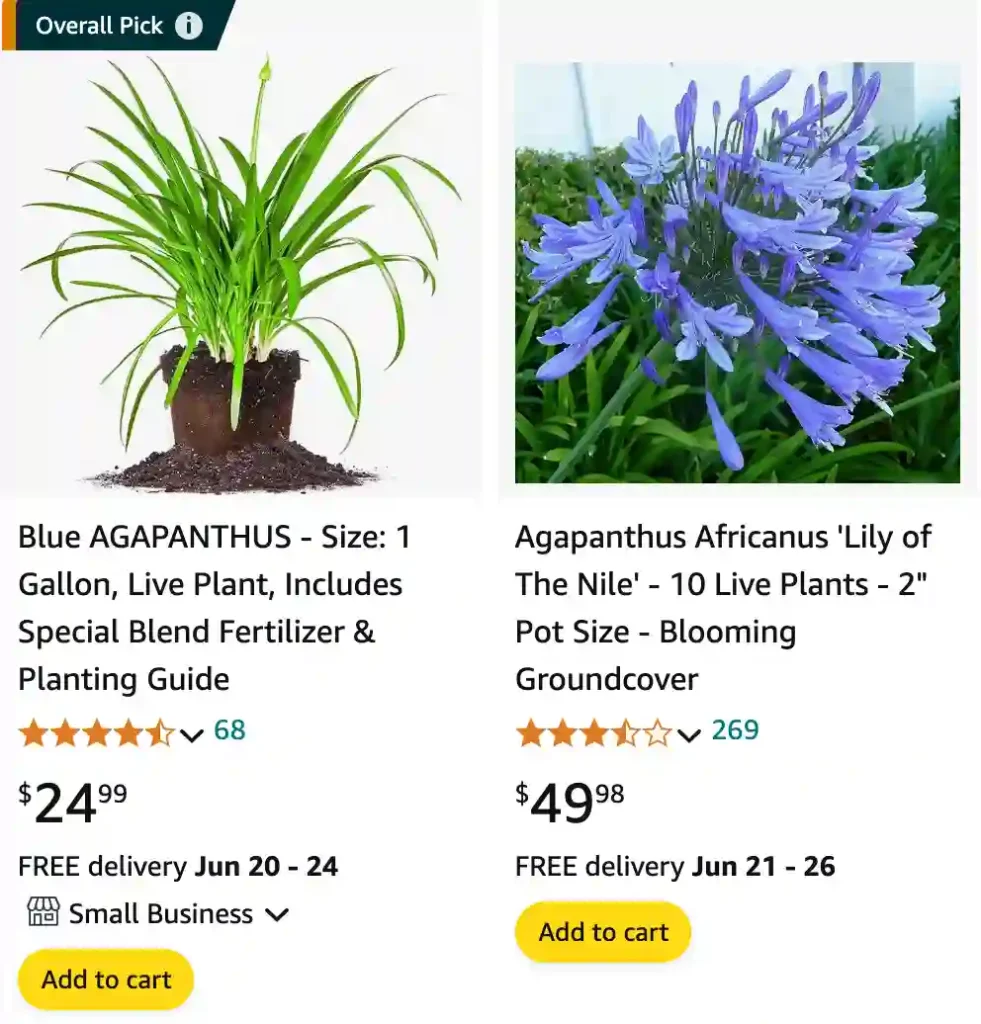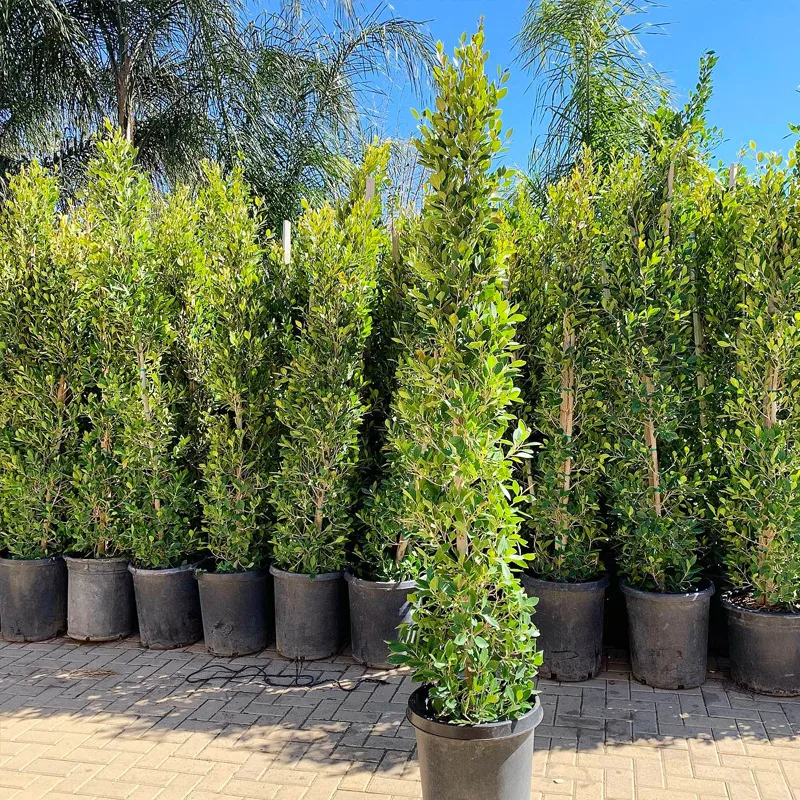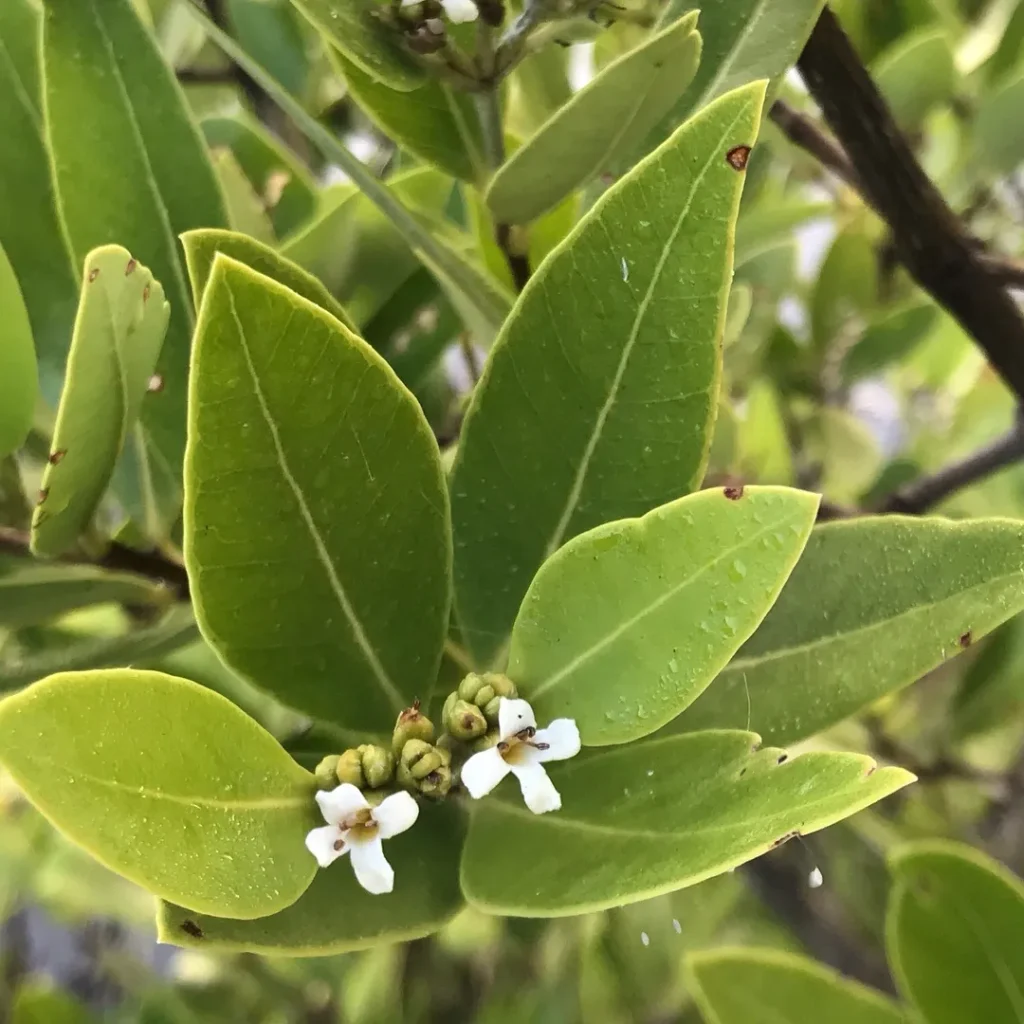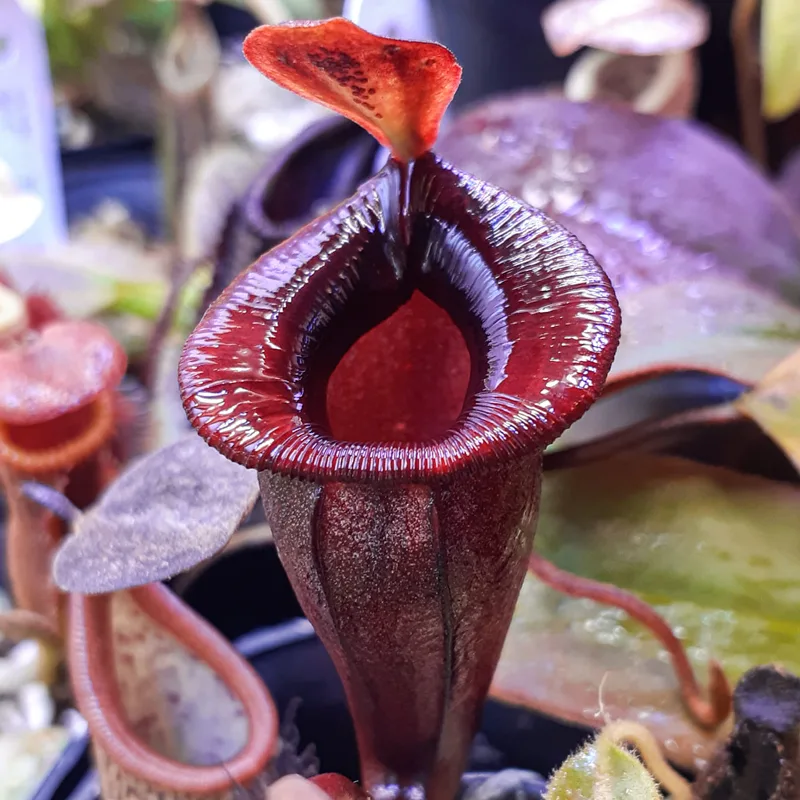
November 29 – Agapanthus
"Agapanthus, the love flower, defines November 29."
Agapanthus symbolizes love and friendship. You foster deep, lasting connections and brighten the lives of those around you. Like its lush blooms, you bring joy and positivity to every relationship.
Agapanthus: The Lily of the Nile Unveiled
For many gardeners, Agapanthus is a source of fascination. These majestic plants, with their tall stalks and vibrant blue blooms, add a touch of elegance to any border. But beneath their beauty lies a surprising amount of resilience. Over the years, I’ve fielded many questions about Agapanthus, and here, I’ll address some of the most common ones to help you cultivate these stunning flowers in your own garden.
What is Agapanthus?
Agapanthus is a genus of perennial flowering plants native to South Africa. Despite its common name, it’s not actually a true lily. They belong to the Amaryllidaceae family, sharing kinship with plants like daffodils and hippeastrum. Agapanthus boasts large, trumpet-shaped flowers in shades of blue, white, and even purple on tall, slender stems. The strappy leaves form a basal clump, adding to their architectural appeal.
Agapanthus species
- Agapanthus africanus (L.) Hoffmanns. Plant FAQs: African Lily – Agapanthus Africanus – Lily of the Nile
- Agapanthus campanulatus F.M.Leight.
- Agapanthus caulescens Spreng.
- Agapanthus coddii F.M.Leight.
- Agapanthus inapertus Beauverd
- Agapanthus pondoensis F.M.Leight. ex G.D.Duncan
- Agapanthus praecox Willd.
- Agapanthus walshii L.Bolus
How do I Care for Agapanthus?
Agapanthus thrives with minimal fuss. Here’s what you need to know:
- Sunlight: Plant your Agapanthus in a location that receives at least 6-8 hours of direct sunlight daily. They tolerate some afternoon shade in hot climates.
- Soil: Well-draining soil is crucial. Amend heavy clay soil with compost or sand to ensure good drainage.
- Watering: Water regularly during the growing season, allowing the soil to dry slightly between waterings. Reduce watering in the fall and winter.
- Fertilizer: A light feeding of balanced fertilizer in early spring can encourage blooms.
- Winter Protection: In colder climates (USDA zones 5 or below), mulch around the crown of the plant in late fall to protect the roots from freezing temperatures.
When Does Agapanthus Bloom?
Agapanthus typically blooms in mid to late summer. The exact timing can vary depending on the variety and your climate. The blooms last for several weeks, adding a burst of color to your garden during a time when many other perennials are fading.
How Do I Propagate Agapanthus?
There are two main ways to propagate Agapanthus: division and seeds.
- Division: The easiest method is division. Mature clumps can be divided in spring or fall. Carefully dig up the clump and use a sharp knife to separate the individual crowns. Replant the divisions in well-draining soil.
- Seeds: Propagation by seeds takes longer, but it’s a rewarding way to get new plants. Sow seeds indoors in pots in late winter or early spring. Once the seedlings are established, harden them off and transplant them outdoors in late spring or early summer.
What are the Different Types of Agapanthus?
There are several different species and cultivars of Agapanthus available, offering a range of flower colors, sizes, and bloom times. Some popular varieties include:
- Agapanthus africanus: The classic Lily of the Nile with large, deep blue flowers.
- Agapanthus praecox: A dwarf variety with white or pale blue flowers that bloom earlier in the season than most other Agapanthus.
- Agapanthus ‘Twister’: A stunning cultivar with white flowers that are striped with purple.
Can I Grow Agapanthus in Pots?
Yes, Agapanthus can be successfully grown in pots. Choose a pot with good drainage and use a well-draining potting mix. Water regularly during the growing season and fertilize occasionally. Bring the pots indoors to a protected location in cold climates.
Common Agapanthus Problems
Agapanthus is a relatively low-maintenance plant, but there are a few problems you may encounter:
- Slugs and snails: These pests can damage the leaves. Use organic slug and snail control methods like beer traps or diatomaceous earth.
- Mealybugs: These sap-sucking insects can cause stunted growth and distorted leaves. Treat with insecticidal soap or neem oil.
- Fungal diseases: Overwatering can lead to fungal diseases like crown rot. Ensure good drainage and avoid overwatering.
Agapanthus vs Allium
Agapanthus brings a tropical flair with its bold, spherical blooms that stand out in any garden, while Alliums add a whimsical touch with their intricate, globe-shaped flowers that burst into playful bursts of color.
Agapanthus vs. Daylily: What’s the Difference?
Agapanthus and daylilies (Hemerocallis) are both popular perennials with similar flower shapes. However, there are some key differences:
- Origin: Agapanthus is native to South Africa, while daylilies are native to Asia.
- Bloom time: Agapanthus blooms in mid to late summer, while daylilies typically bloom throughout the summer, with each individual flower lasting only one day.
- Foliage: Agapanthus has strappy foliage, while daylilies have long, arching, grass-like leaves.
- Family: Agapanthus belongs to the Amaryllidaceae family, while daylilies belong to the Hemerocallidaceae family.
Agapanthus vs. Iris: Striking Similarities, Subtle Distinctions
Both Agapanthus and irises are known for their showy blooms, bringing vibrant colors and graceful forms to the garden. While they share some aesthetic similarities, these two perennials belong to different plant families and possess distinct characteristics.
- Family: Agapanthuses belong to the Amaryllidaceae family, related to daffodils and hippeastrum. Irises, on the other hand, are members of the Iridaceae family, sharing kinship with crocuses and gladiolus.
- Flowers: Both boast trumpet-shaped flowers with six petals. However, Agapanthus flowers are typically larger and more rounded, while iris flowers can be more intricate with ruffled edges or beard-like structures. Irises also come in a wider variety of colors, including yellow, orange, and red, which are not commonly seen in Agapanthus.
- Foliage: Agapanthus features strappy, evergreen leaves that form a basal clump. Irises have upright or fan-shaped leaves, depending on the variety, and some varieties are deciduous, losing their leaves in winter.
- Growing Conditions: Both prefer full sun and well-drained soil. However, Agapanthus is generally more tolerant of drought conditions than irises.
In summary:
- Choose Agapanthus if you desire a low-maintenance plant with long-lasting blue blooms and architectural foliage.
- Opt for irises if you crave a wider color palette, enjoy the delicate form of the flowers, and don’t mind providing slightly more consistent moisture.
Can I Cut Agapanthus Flowers for Arrangements?
Absolutely! Agapanthus makes a stunning addition to cut flower arrangements. Here are some tips for success:
- Cut the stems: Use sharp pruners to cut the stems early in the morning when the flowers are fully open but still cool.
- Remove lower leaves: Strip off the lower leaves from the stems to prevent them from wilting in the water.
- Condition the stems: Place the cut stems in a vase filled with lukewarm water and a floral preservative.
- Enjoy! Your Agapanthus blooms can last up to a week in a vase with proper care.
With a little knowledge and care, you can cultivate these captivating plants and enjoy their elegant blooms for years to come. So, why not add some Agapanthus magic to your garden and experience the beauty of Agapanthus for yourself?
If i die, water my plants!



